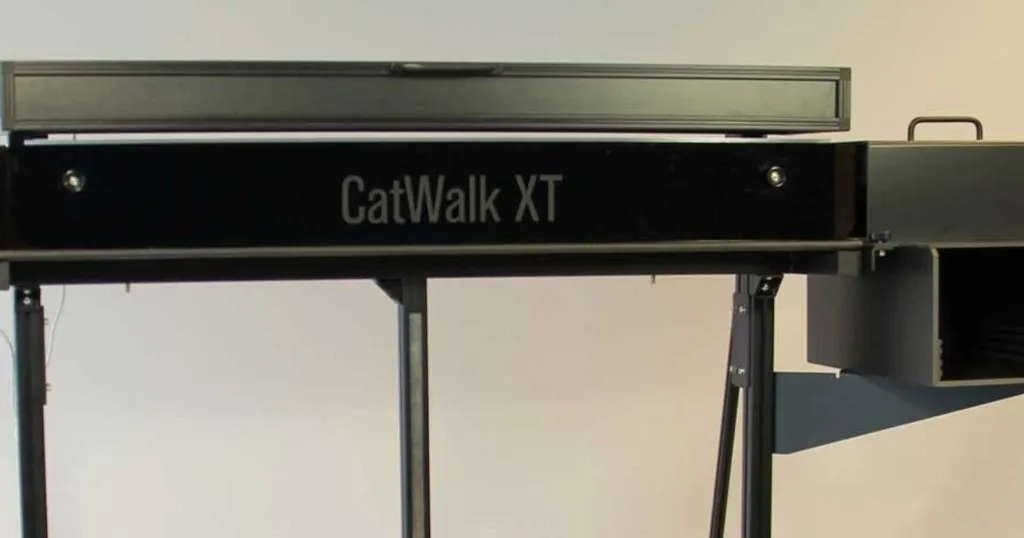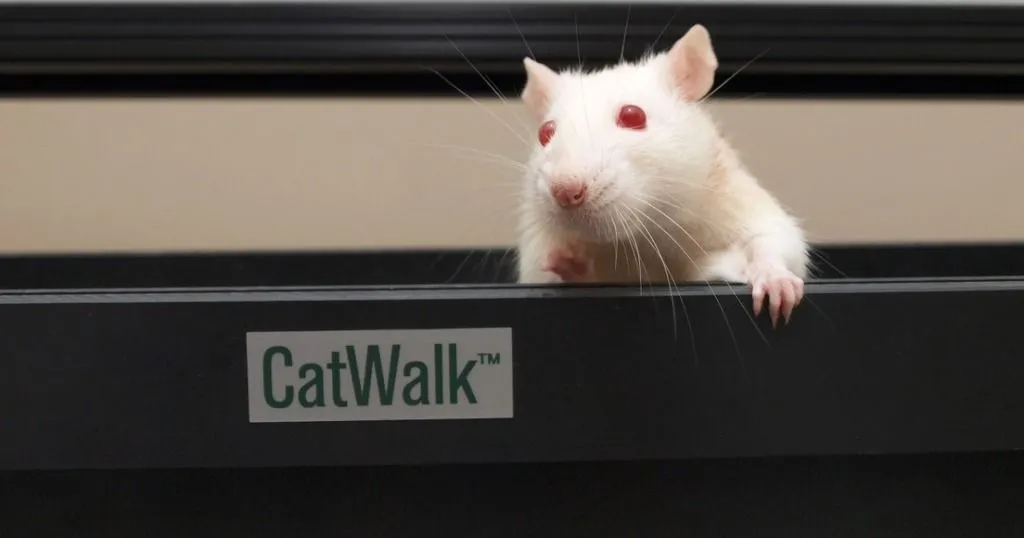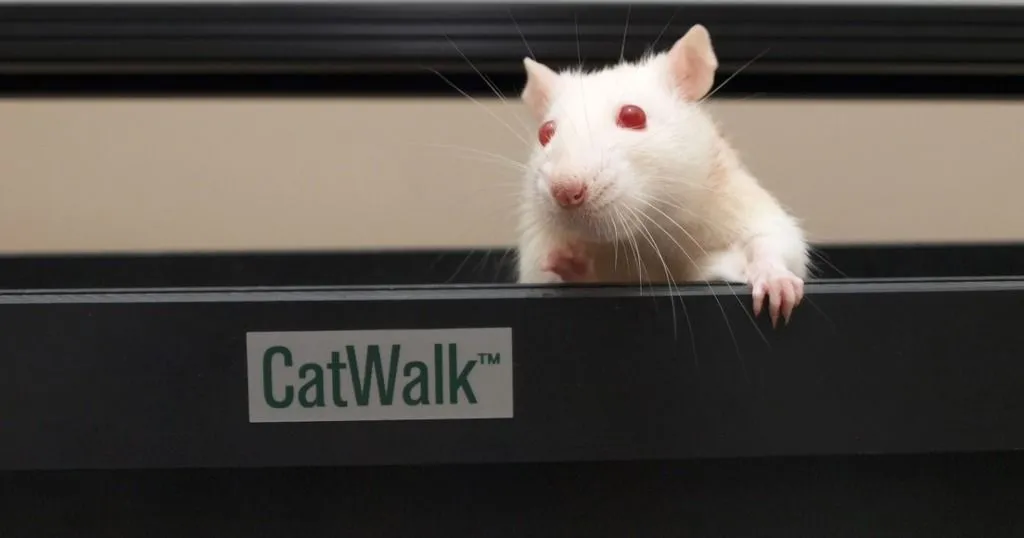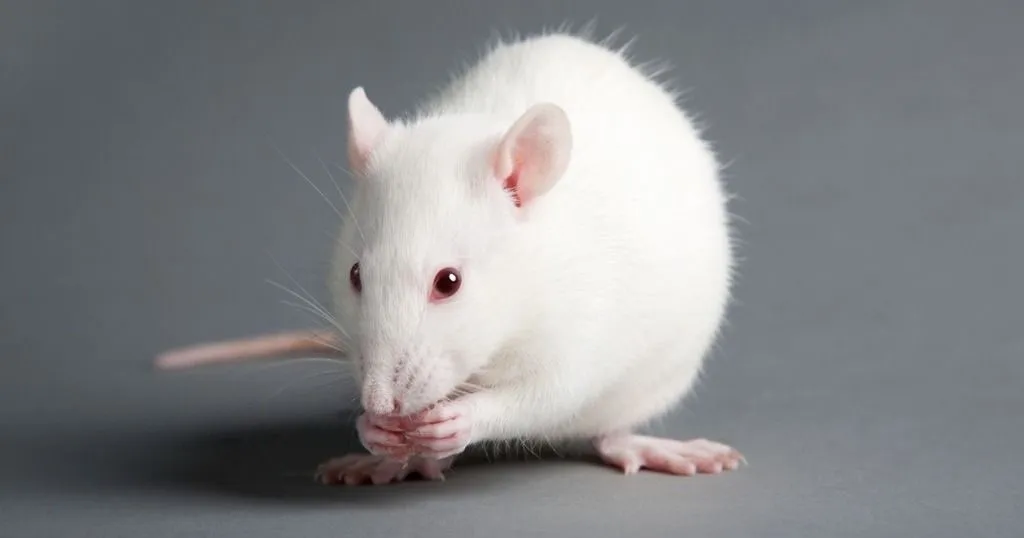Gait analysis at the PSDL using CatWalk
Our lab studies the Neuronal Ceroid Lipofuscinoses (NCLs) or Batten disease, which are a group of progressive and genetically inherited neurodegenerative diseases that affect children and young adults.
Posted by
Published on
Mon 17 Dec. 2018
Topics
| CatWalk XT | Gait | Gait Analysis | Mice |

This guest post was happily provided to us by the Pediatric Storage Disorders Laboratory (PSDL) lead by Jonathan Cooper at Washington University School of Medicine, St. Louis, MO, USA. For those who are interested in gait analysis with rodents, we encourage you to read on and learn more about their experiences with the CatWalk XT system.
About the PSDL
Our lab studies the Neuronal Ceroid Lipofuscinoses (NCLs) or Batten disease, which are a group of progressive and genetically inherited neurodegenerative diseases that affect children and young adults. We are characterizing mouse models of these diseases in order to better understand the underlying disease mechanisms, so that we can more effectively target experimental therapies.
We found significant pathology in the cerebellum and spinal cords of some of these mouse models, and therefore wished to understand what effect this had on the sensorimotor system. We decided to analyse the gait of these mice using the CatWalk XT gait analysis system as it would provide us with a detailed analysis of the locomotor ability of our mice.
Achieving high throughput and a reliable and detailed analysis of natural gait
Our lab has been using the CatWalk XT system since 2015, and we have found that it is an invaluable tool for our research and provides a reliable and detailed analysis of gait and how it varies in our disease models. Since it is not a measure of forced locomotion, but instead allows mice to freely move along the corridor, we believe it to be a more accurate representation of the natural gait of mice.
We found that closing the end of the CatWalk corridor with the provided enclosure meant that mice would run the length of the corridor to move away from the handler and turn around once they hit a dead-end and head back to the entrance, thus providing two runs in a short time period.

Unlocking vital information, unbiased gait parameters, and more
We were particularly impressed with the auto-classification system, which greatly sped up the time taken for analysis of data as most of the time each auto-classified run only needed very minor adjustments to be considered accurate. With robust data for how gait varies during disease progression, we also have sensitive outcome measures for judging the efficacy of a variety of experimental therapies.
The large number of unbiased gait parameters that the CatWalk XT system provides has also been very helpful as it has provided vital information for our research. In a mouse model of Infantile NCL, we were able to describe a novel early hypermotility phenotype that had until now been overlooked. With detailed readouts for individual limbs, we were also able to better define differences between contralateral limbs and fore- and hindlimbs and how this related to the regional pathology in the spinal cord and cerebellum.
Indeed, our finding of increased dependence on forelimbs for locomotion with age in the Infantile NCL mouse model was juxtaposed to the generalised spread of pathology in the spinal cord and has led us to explore the peripheral nervous system as a potential site of pathology to help understand these rostro-caudal differences. We now are working to expand this analysis to mouse models of other forms of NCLs to understand the similarities and differences between these diseases.
Noldus technical support allows for little downtime
Lastly, having moved labs twice over the past 3 years, we are also very appreciative of the logistical and technical support we have received from Noldus with regards to operating and troubleshooting our CatWalk XT usage. Whenever there has been any technical issue, the problem was quickly identified and resolved, and this has meant very little downtime in our experiments despite these moves.
Related Posts

Assessing motor outcome in rats with peripheral nerve injury

Gait research: let your animals walk freely

